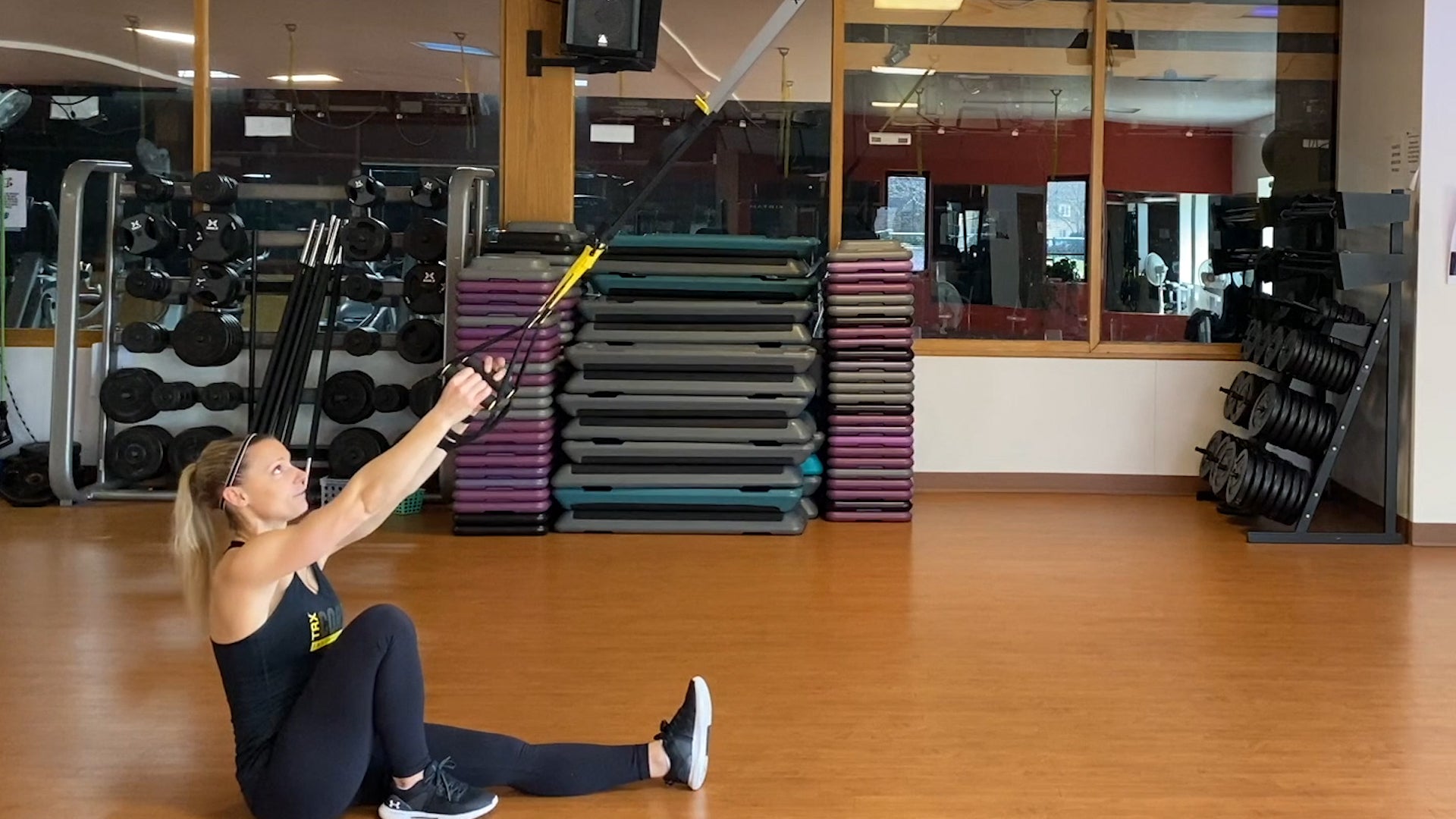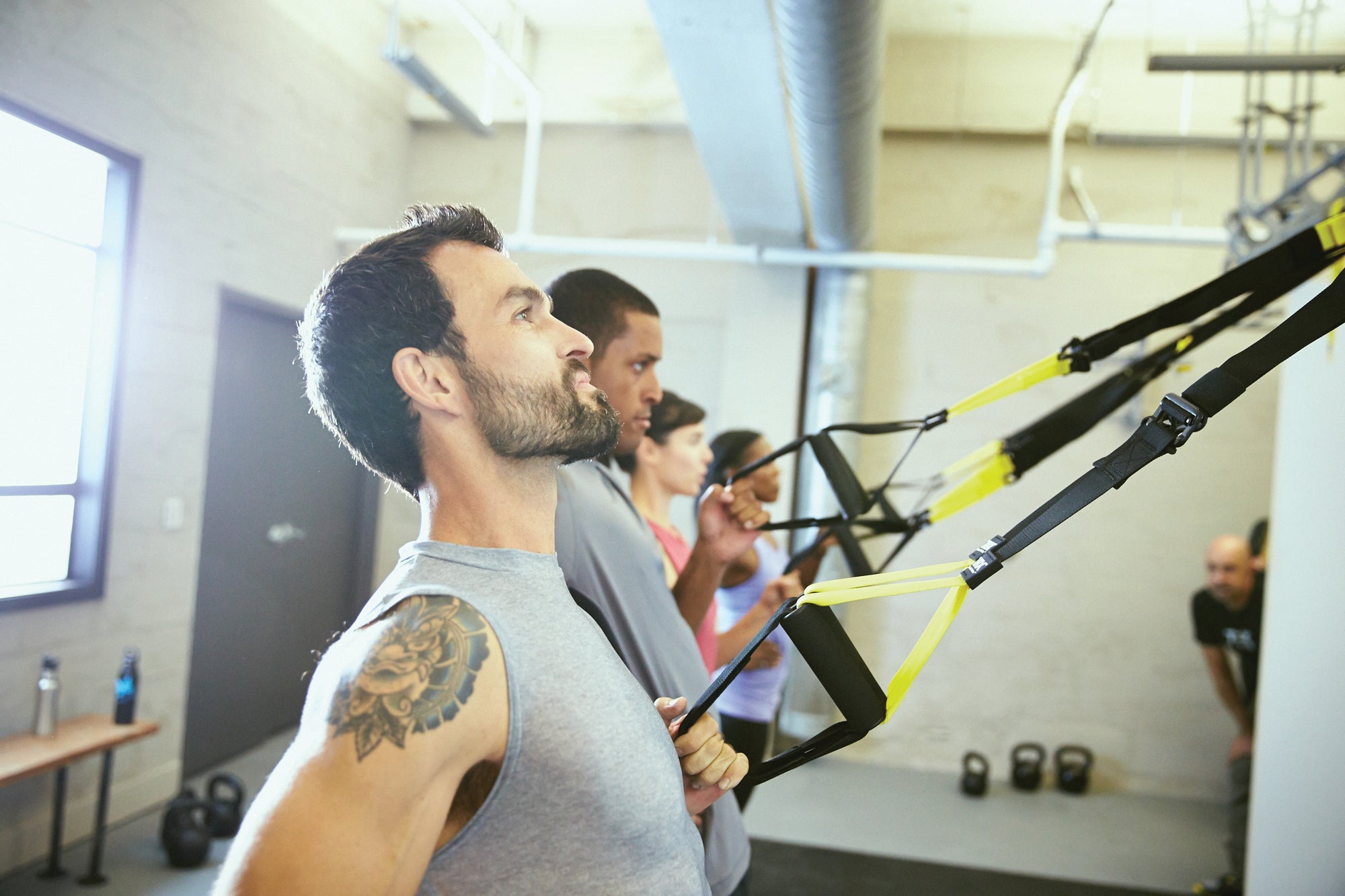As fitness businesses slowly begin to re-open and/or operate outside, some of us may have noticed clients returning at a slow trickle rather than a flood, mostly due to some degree of fear around safety protocols -- which aren't unwarranted. Fortunately, there are procedures, measures, and some not-so-obvious tips to abide by that can help put folks at ease during these tumultuous times. First and foremost, there are the indisputable duties: socially distance, frequent hand washing, go outside when possible, and most of all, sanitise everything. But what else?
We're going to show you how to go above and beyond (without over doing it) in providing comfort, safety and peace of mind to your clients and class participants :
1. Stay On Top of The Latest Science
This new virus is complicated and while it's not always convenient, change is necessary to stay in business and protect our clients. We are seeing the Scientific Method play out in real time and finding that it's not a short process to find solid answers. Recommendations about what we should do will change based on new evidence as it's learned, so we need to stay vigilant and continue to seek out evidence-based advice, and then adjust our practices accordingly.
2. Communicate Regularly With Your Clientele
Whether you write weekly newsletters or do verbal updates at the end of each session, make sure your clients get health and safety information from you on a consistent basis. Nothing beats the power of personal touch. If you're implementing new policies, let them know in advance (and offer reminders) to allow them to shift their practices and give them enough time to plan and prepare for the changes. People tend to feel safer, more secure, and in control when they know the plan ahead of time and are given the opportunity to plan ahead.
3. Limit Equipment Sharing
If you're able, you may want to purchase additional pieces of equipment to limit the amount of sharing. Nonetheless, we do realise this may be easier said than done. For starters, the scarcity situation is real. Because of the pandemic, tons of production stopped and many supply chains around the world came to a grinding halt. At the same time, millions of people were scrambling to outfit their home gyms and keep their fitness in check during the shutdown. As a result, we saw (and are in some ways are still seeing) some serious scarcity when it comes to fitness equipment. This isn't a great scenario if you're trying to build your gear arsenal to avoid clients needing to share. The good news is that the situation is improving. If you're able to purchase more equipment, great. If you're not, consider asking clients and class attendees to bring their own from home. (Believe me, they'll understand and appreciate the sentiment to help stop the spread of germs). Not having to share equipment or sanitise between exercises will offer your participants peace of mind (and a welcomed break from all the cleaning and hand sanitising).
4. Document & Share Your Safety Efforts
It's a good idea to make sure both your current clients as well as prospective ones are aware that you're taking the initiative when it comes to protecting them. Post your new policies and procedures on your website, your social media pages, and on any advertising you're putting out there. Share photos of your safety equipment (i.e. thermometers, masks, sanitising stations) and perhaps videos of a volunteer client going through a new check-in process so people know what to expect. You can even create infographics on websites like canva.com to make the information eye-catching and also match your brand. The ultimate goal is to let everybody know that you're taking their health and safety seriously so they feel comfortable from the moment they show up.

5. Be Professional & Cover Your Legal Bases
You're not the only fitness business out there. You want to give prospective clients as many reasons as possible to choose your business for their workouts, so show them you've got your ducks in a row and confer with professionals about how best to proceed. Your lawyer and your liability insurance agent can answer any questions you may have on how to make the most professional decisions that will ultimately protect yourself and your clients. Also, working out in a public park setting may mean you need new, updated waivers or additional paperwork for your clients to sign. Keep in mind that having attendees use their own equipment instead of yours may affect your liability coverage. These are all things you should square away sooner rather than later.
6. Use Your Common Sense

As previously mentioned, do all the common sense/obvious stuff, including:
- Create hand washing/hand sanitiser stations throughout your facility and make sure that your restroom soap dispensers are always filled with antibacterial soap.
- Use posters and signage reminding members how and when to sanitise.
- Meticulously clean all surfaces and equipment between users and stock training areas with spray bottles containing disinfectant for members to use that meet Environmental Protection Agency standards against coronavirus.
- Tape off water fountains and encourage members to bring their own water bottles.
- Discontinue towel services.
- Remind members to socially distance and consider taping off areas on the floor to indicate 6+ feet.
- Keep training spaces ventilated by opening windows and doors.
- Require masks at all times when not exercising.
- Take group and PT workouts outside when possible.
- Put a cap on the amount of people allowed inside the facility at once (consider a reservations system).
- Provide temperature and/or symptom screenings for all workers at the beginning of their shift and any vendors, contractors, or members entering the facility. Make sure the temperature/symptom screener avoids close contact with workers to the extent possible.
7. Lead By Example
Adhere to social distancing protocols yourself. Make sure your clients see you cleaning equipment, sanitising surfaces and wearing your mask when necessary. And model best practices when it comes to your own workouts, nutrition and sleep to show people how to boost their own immune systems. For those that care about the safety of their family and community, they will appreciate your efforts and look to you for leadership of their fitness journey.



